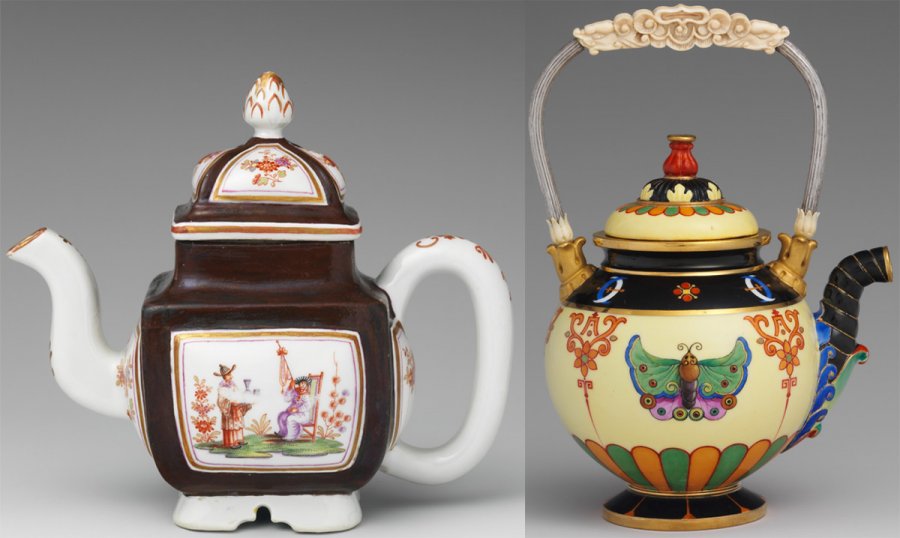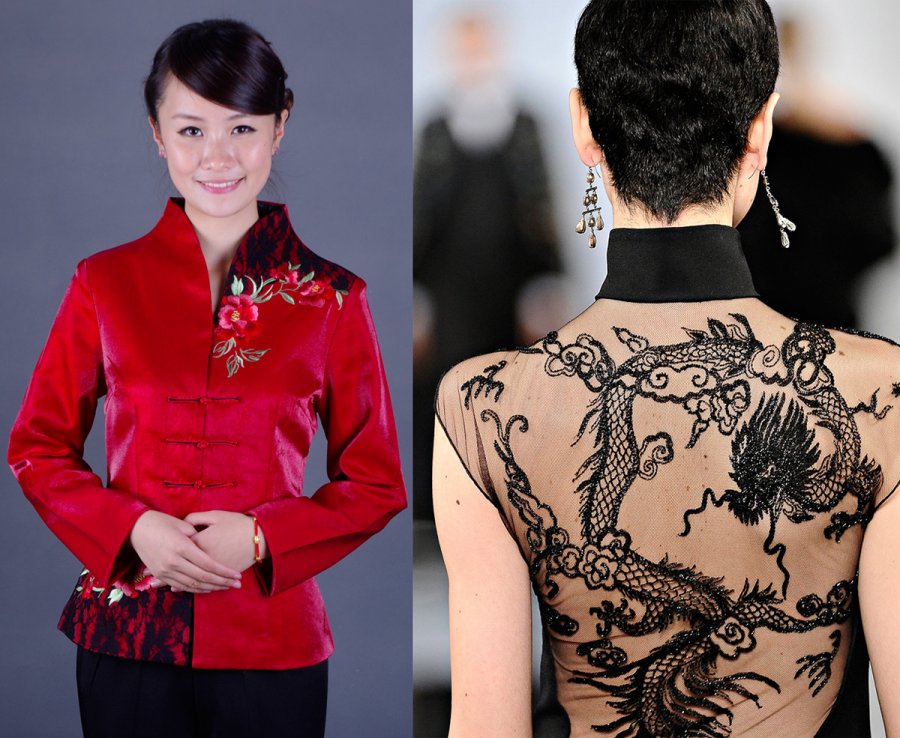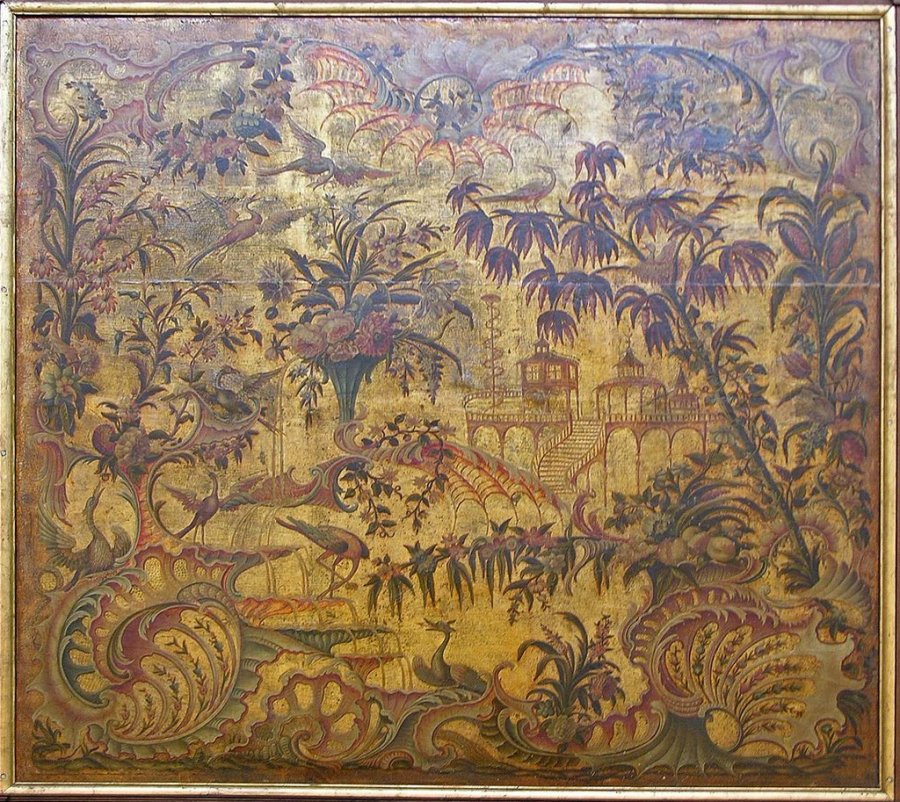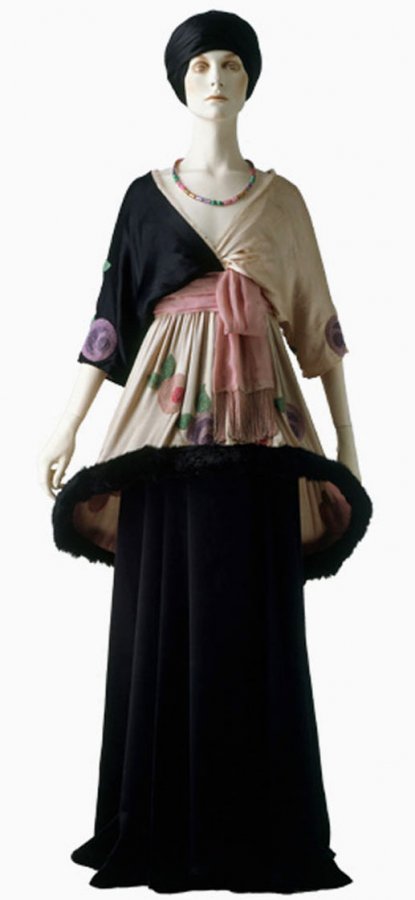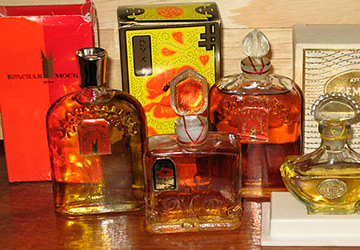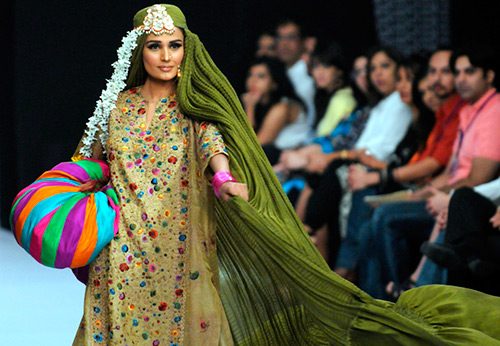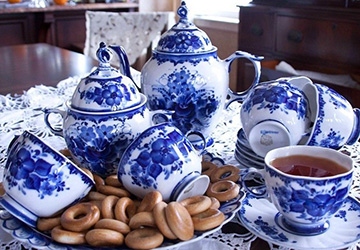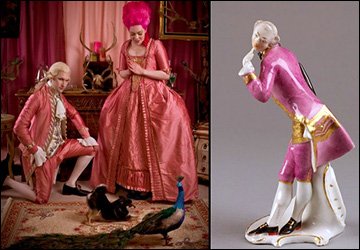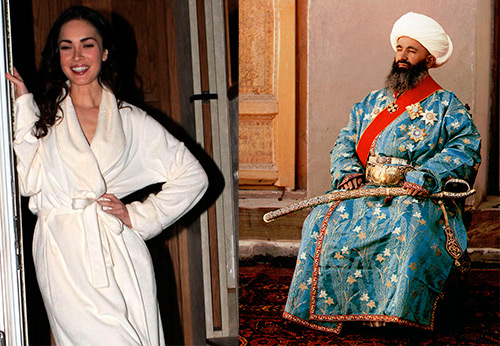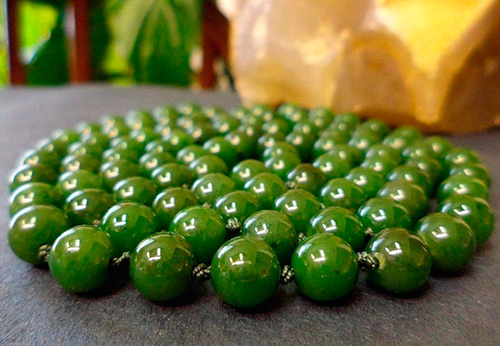Style
Chinese style chinoiserie
Each country has something unique, with which this country is associated and that is inherent in only one of them. And these symbolic insignia become a source of inspiration for many designers.
Chinoiserie? (fr. chinois - Chinese) - this means the use of motives and ornaments, as well as stylistic techniques of medieval Chinese art in European painting, costume, arts and crafts and landscape design.
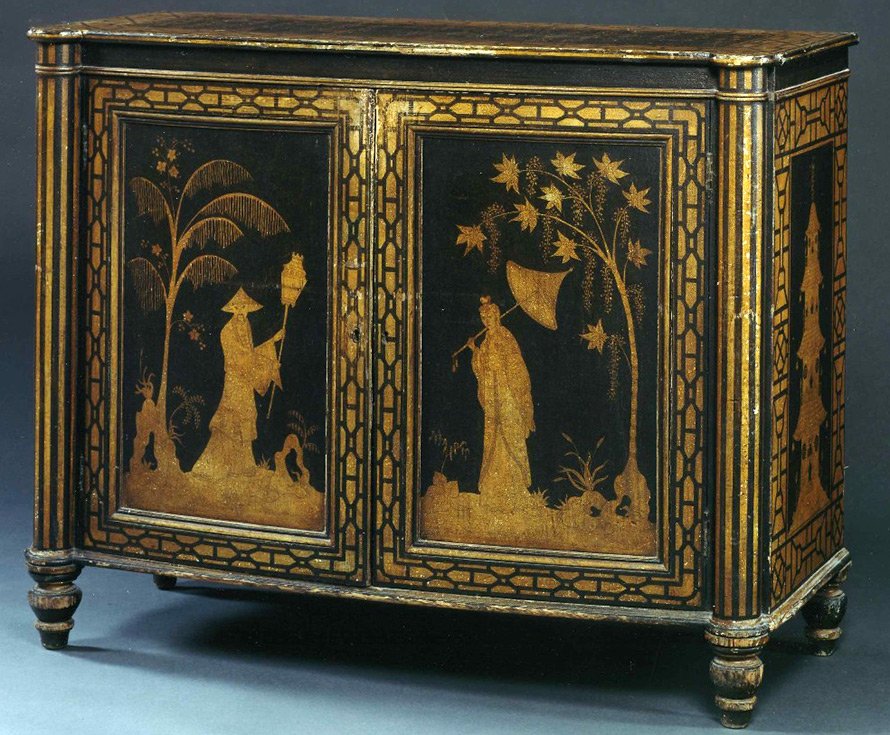
When did Chinoiserie appear?
Chinoiserie is a branch of the Rococo style. It can be assumed that it all started with Chinese porcelain.
At the end of the 17th century, Europe was swept by a fascination with Chinese porcelain. The European nobility usually had gold and silver dishes in use. She continued to be considered a sign of luxury, but at the same time, light and thin porcelain began to compete with her. In addition, porcelain dishes were easier to wash and keep clean. Then there were Chinese vases, which took pride of place in the palaces of the royal people, and then the aristocracy.
They loved porcelain so much that the secret of its manufacture became the ultimate dream of many masters. 1708 can be considered the year of birth of Saxon porcelain. It was in Saxony that European porcelain was invented. And the masters first copied the Chinese style - porcelain dishes, vases, snuff boxes, boxes, figurines were decorated with Chinese patterns. But they didn't stop there. Gradually, an interest arose in the Chinese fine arts. However, it was not easy to convey exactly the Chinese traditions and the entire deep meaning of art without penetrating into Chinese philosophy. This took years and years.
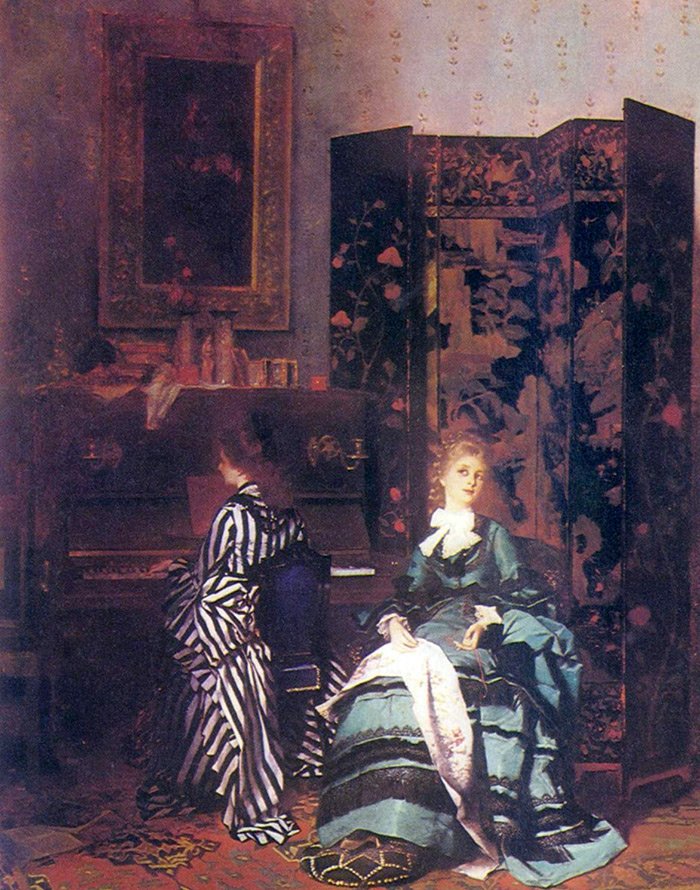
"Chinese style", otherwise - chinoiserie, became a branch of the Rococo style. The artists created exquisite paintings, where emperors, warriors, their concubines, dancers and other characters were present in the "Chinese" subjects. The artists did not delve into the meaning of Chinese philosophy, so the depictions of plots and characters in their canvases were more like the Versailles of Louis XV. An admirer of chinoiserie in painting was the Marquise de Pompadour, a favorite of Louis XV. By her order, the artist Francois Boucher created a whole series of paintings on the "Chinese theme".
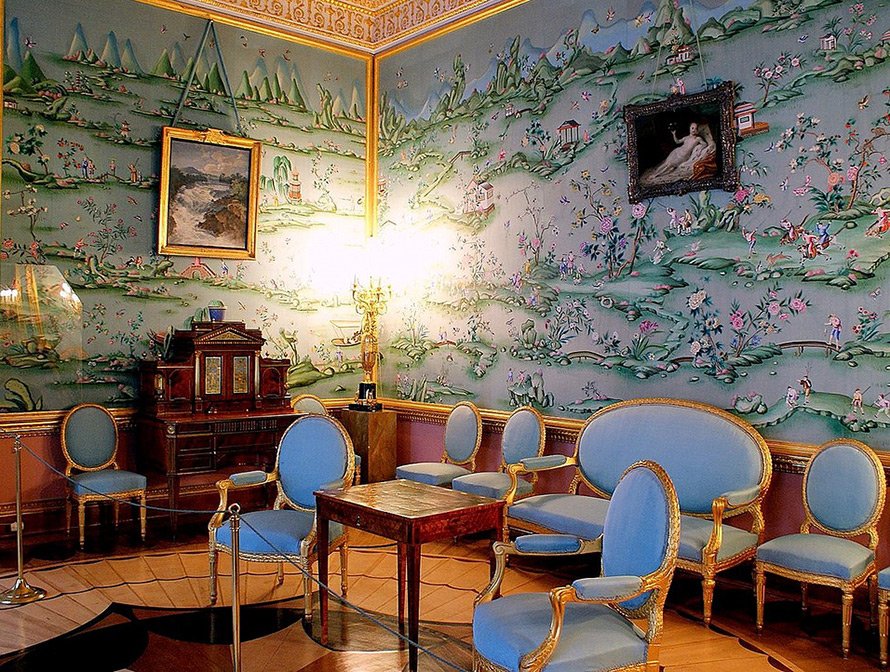
Around the same time, the culture of tea drinking emerged in France. And in the palace and park ensembles, Chinese pavilions, or "tea houses" began to appear. Then all the European monarchs joined this hobby and began to build, one after another, Chinese houses and pagodas. In 1762, for the entertainment of the public, British architect William Chambers built a 50-meter pagoda in the Royal Botanic Gardens near London.
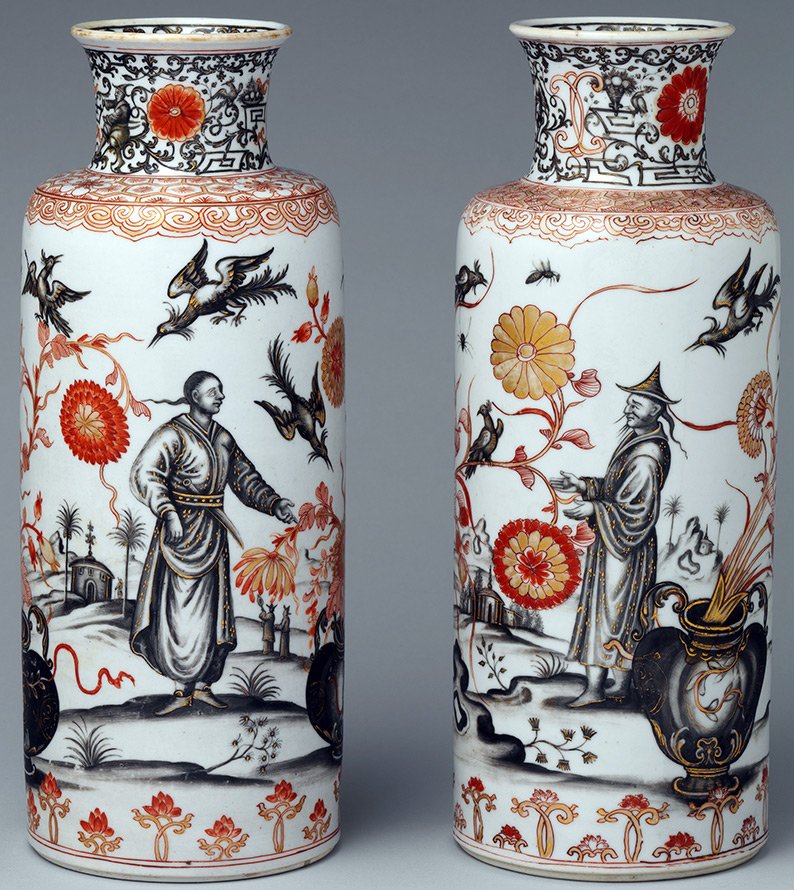
The "tea house" in Sanssouci, and in fact one of the luxurious pavilions of Frederick the Great, was even decorated with figures of gilded Chinese, who greeted guests right at the entrance, as if offering a cup of tea. These figures were full-length, dressed in oriental clothes. Inside the pavilion were decorations from scenes of oriental life, paintings adorned the walls and ceiling.
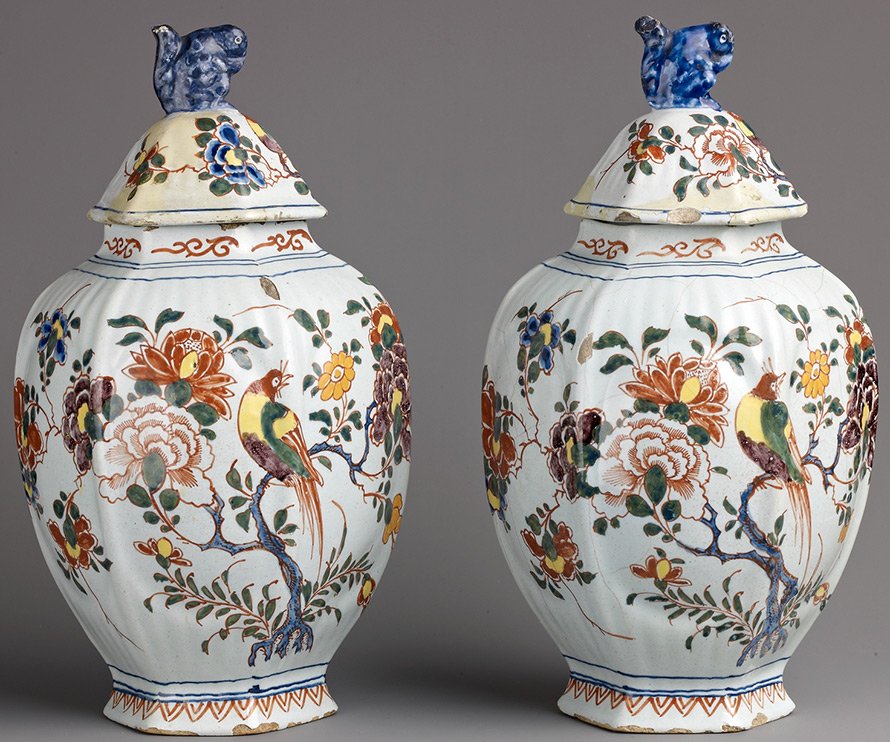
This hobby has not spared Russia either. The Chinese Palace was created here in Oranienbaum.
Tapestries and screens were created in the chinoiserie style. Chinese ornaments are also used in wallpaper production. Accessories such as fan, an umbrella, a handbag were in great demand in the aristocratic society of the 18th century. There is a fashion for "Chinese lanterns".
The "Chinese theme" was in demand both in literature and in drama. In the court theater, graceful ballets "The Chinese Shepherdess", "Gallant China" and plays often depict a fictional world that has nothing to do with Chinese reality. It was as a tribute to the enthusiasm for the East.
Chinese style chinoiserie in suit
Chinoiserie is one of the oldest ethnic themes. In Europe, it appeared on fabrics in the 18th century.
Rococo costume, especially for women, also showed interest in the Chinese style. Fashion is always a reflection of life and art trends. Chinoiserie, first of all, was expressed in the ornament of fabrics, especially for silk that came from China.
China is the birthplace of silk and the art of silk ornamentation. This luxurious delicate fabric has attracted the attention of the rich and famous people around the world. And not only with its beauty. In ancient China, it was believed that the touch of silk to human skin cures many diseases. In addition to embroidery, there were already various ways of applying colored patterns on silk.
The main features of the Chinese costume are characterized by symbolism of shape, ornamentation and color palette. All this arose from the totality of the socio-economic development of the people and their philosophical teachings.
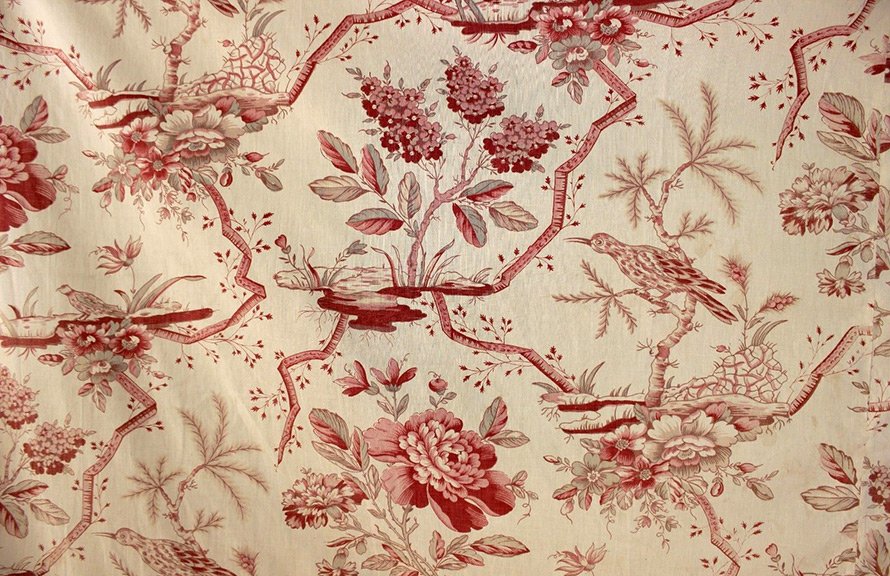
How and where did the main motives of the Chinese ornament come from? In the view of ancient Chinese philosophy, the beginning of life is the unity of two opposites - Heaven and Earth, and the expression of their merger was Rain. This is where the main motive of the ornament came from - waves, ribbons, spirals, which identified thunder and lightning. And what about the well-known Chinese dragon? A dragon in the clouds or on the waves, engulfed in flames, he was the lord of the Rain.
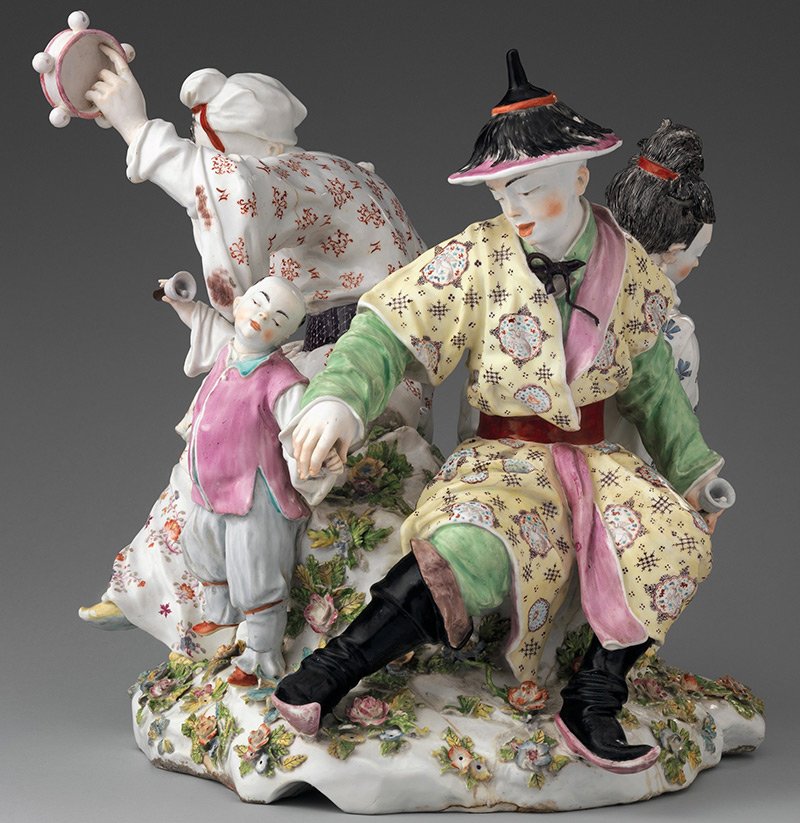
Birds, butterflies, plum, peony, lotus flowers - all this was saturated with deep symbolism. Color symbols: green is the color of spring, red is summer and fire, yellow is the color of earth, white is the color of autumn, black is the color of winter, black and red is a color symbolizing the birth of light in the dark kingdom, etc. And in the Middle Ages, colors also take on a hierarchical meaning - yellow is the color of imperial clothes, red is the color of high dignitaries, then green, blue and white.
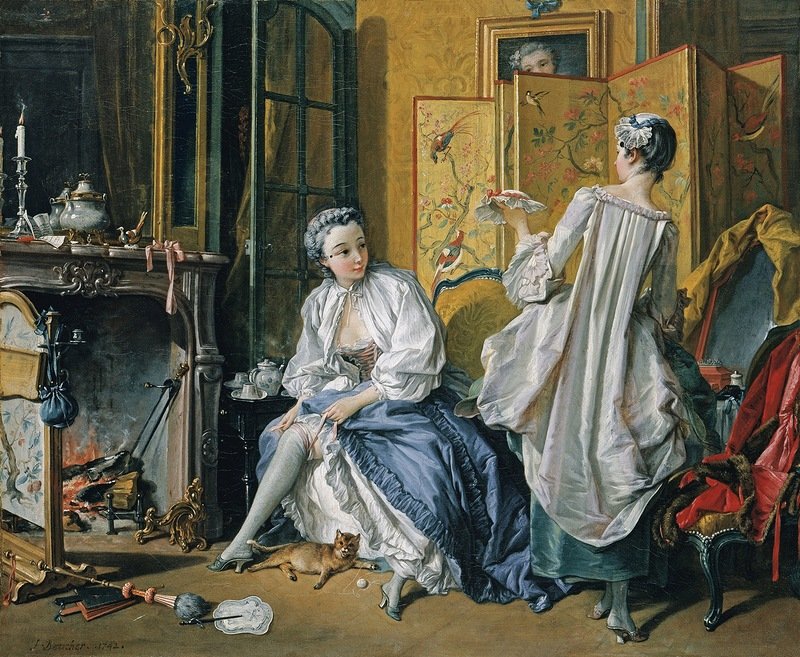
At the beginning of the 20th century, interest in the East arose again - Chinese lanterns, screens, bright fabrics. They got carried away with the East seriously. This happened from the moment when the Russian Ballet's tour took place in Paris with a resounding success. Sergei Diaghilev's performances opened the magic of the East. In the history of fashion, they have repeatedly turned to the oriental theme, but, nevertheless, the oriental splendor in fashion was brought to perfection precisely after the "Russian Seasons" prepared the ground for this. Thanks to the fantastic scenery and bright oriental costumes of Leon Bakst for the performances of "Russian Seasons", the designers turned to this theme.
Chinoiserie is a style inspired by the art of China and other Asian countries, which is reflected in the works of many designers. Paul Poiret's love for the East manifested itself in many of his works: kimonos, wide trousers, tunics, veils, turbans. He surrounded women with the luxury of the East - bright embroidery, lace, fabrics with gold and silver threads. Fringe, pearls, expensive feathers - all this is solid exotic, in which the legendary "lampshade" tunic - the Robe Sorbet dress ("Sherbet"), took a special place.
The dress has an original silhouette, which is obtained with the help of an overskirt made on a wire frame in the form of a lampshade and trimmed with black fox fur. High-waisted columnar petticoat in Empire style. Paul Poiret offered not only freedom of movement, in contrast to the S-shaped silhouette, but also freedom in the choice of color. The tunic combines pink, cream, green and black. The bodice resembles a kimono, in which fabrics of different colors intersect in the central part, and are picked up by a wide belt, like an obi belt. The dress is full of oriental charm.
Traveler and passionate couturier collector Jeanne Lanvin also studied the history of the costume of the East. She applied her knowledge to fashion design. For example, in the Robe de style dress (stylish dress), which reflects the original technology of beading and embroidery. This dress is especially noteworthy for the fact that it combines different eras and cultures.
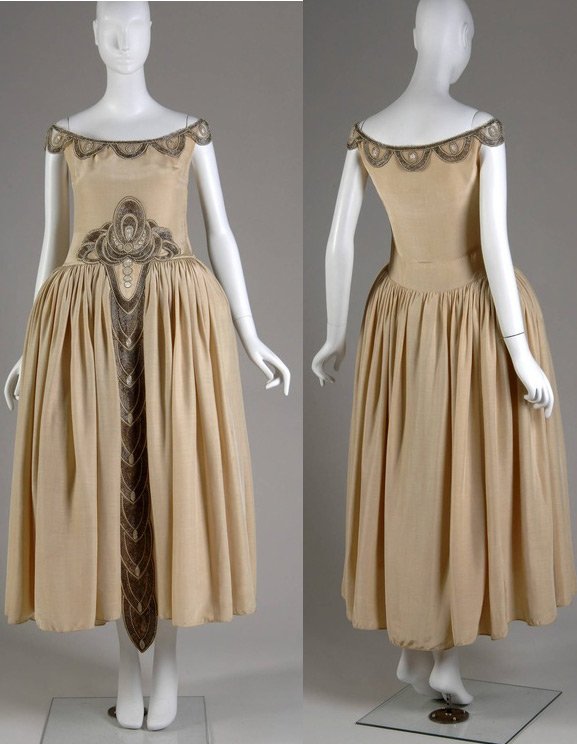
The bodice of the straight dress with a low waist, as in the 1920s, is combined with a fluffy ivory silk skirt and a silhouette of the 18th century.It was during these eras that the chinoiserie style reached its peak. A waterfall of beads and sequins, silver embroidery falls from the waist to the hem. The neckline is trimmed with scalloped lace that descends to the shoulders in the form of small wings. The Chinese embroidery motif is the key element of the dress.
The "Russian Ballet" by the brilliant impresario Sergei Diaghilev showed luxurious costumes and magnificent decorations, which have left an imprint on the artistic taste of more than one decade.
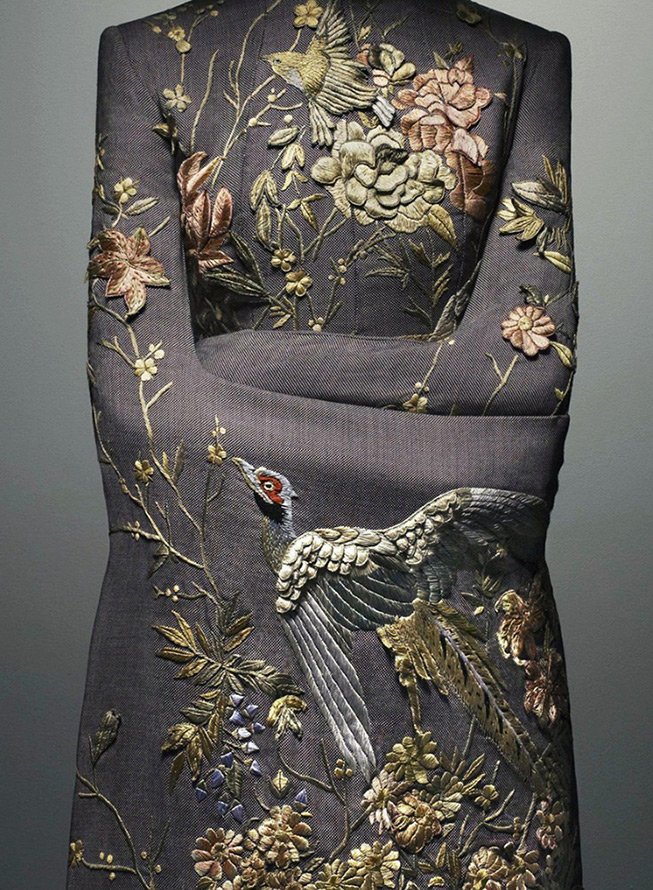
Designers turn to the Chinese theme over and over again. Currently, in the wake of enthusiasm for Eastern philosophical teachings, martial arts and traditions, interest in chinoiserie is re-emerging.
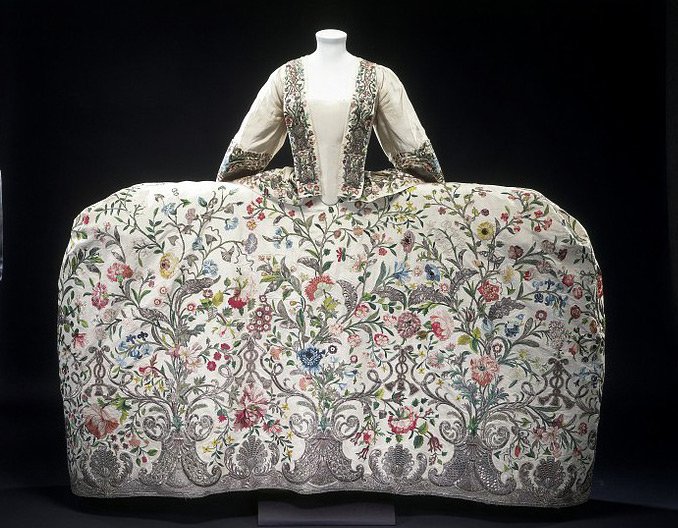
Comments and Reviews
Add a comment
Rating news
Shades of clothing that make women look younger
What shades of hair make women younger: rules and photos
Funny wedding dresses - photos and ideas
12 most expensive down jackets for the winter
How to look 25 at 40: tips from supermodels
Beautiful schoolgirls
Anti-aging haircuts and hairstyles for women
Fashionable skirts for autumn and winter
Fashionable women's trousers for the cold season
Fashionable and stylish sandals for summer 2024
Spring-summer 2024
 Fashionable dresses and tops with thin spaghetti straps
Fashionable dresses and tops with thin spaghetti straps
 Bandana tops: how to wear stylishly and beautifully
Bandana tops: how to wear stylishly and beautifully
 How to put together the perfect men's wardrobe for the summer
How to put together the perfect men's wardrobe for the summer
 Fashionable shorts for spring-summer 2024
Fashionable shorts for spring-summer 2024
 Fashionable skirts for spring-summer 2024: a guide to online shopping
Fashionable skirts for spring-summer 2024: a guide to online shopping
 The most fashionable dresses spring-summer 2024: styles and colors
The most fashionable dresses spring-summer 2024: styles and colors
 Fashionable total look 2024: ideas of images and trends
Fashionable total look 2024: ideas of images and trends
